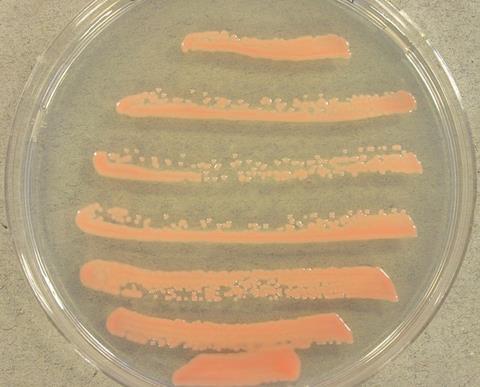Carotenoids are fat-soluble pigments known for their vibrant yellow, orange, and red hues. Extracting carotenoids from the microorganism Rhodotorula mucilaginosa offers several advantages over plant and animal sources, such as shorter production cycles, independence from seasonal variations, high production efficiency and the ability to control growth conditions precisely. Current research focuses on optimizing microbial methods for enhancing carotenoid production.

In a study published in the KeAi journal Food Physics, a group of researchers from Yangtze University in Hubei, China, reported a low-frequency magnetic field (LFMF) intensity that could improve carotenoid yield without adversely affecting R. mucilaginosa growth.
READ MORE: Engineered yeast strain can selectively overproduce carotenoids
READ MORE: Exogenous arginine promotes coproduction of biomass and astaxanthin in algae
Various LFMF intensities were used to assess carotenoid production, intracellular iron content, and the expression levels of genes related to carotenoid synthesis and iron metabolism in R. mucilaginosa.
Initial insights
“Specifically, deletion of the TFR and FPN1 genes significantly disrupts the growth and carotenoid synthesis of R. mucilaginosa, with distinct effects observed for each gene,” shares Mengxiang Gao, senior and corresponding author of the study. “Loss of TFR inhibited the growth of R. mucilaginosa, while markedly increasing carotenoid production and intracellular iron content.”
Conversely, the growth of ∆RmFPN1 was impeded, leading to a significant increase in intracellular iron content. “Our findings serve as initial insights into the mechanism by which LFMF impact carotenoid synthesis through the regulation of iron metabolism,” adds Gao. “We hope that our results would encourage scientists to continue investigating the use of LFMF to increase microbial secondary metabolites not just about carotenoid production in food fermentation industry applications.







No comments yet